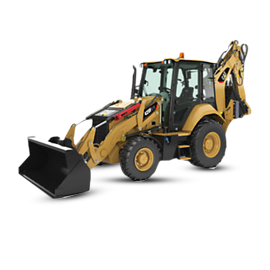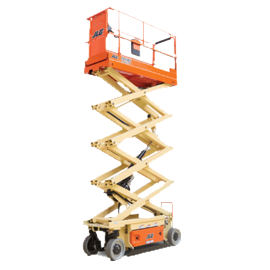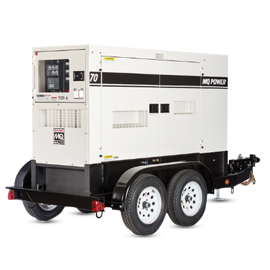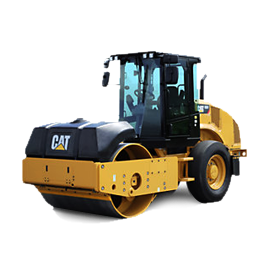
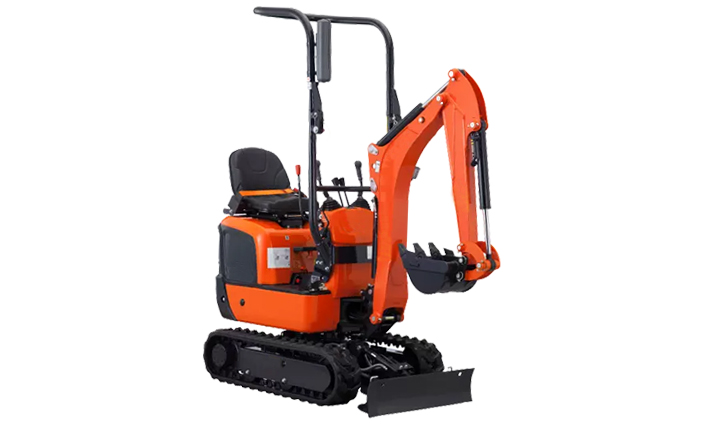
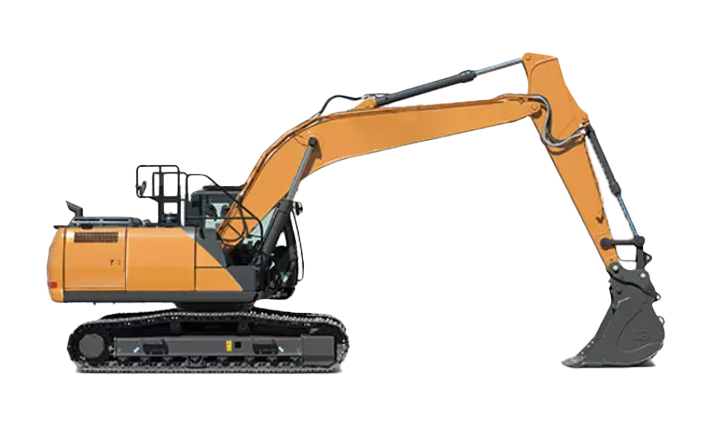
- The 20000-24999 lbs excavator is a heavy-duty machine designed for demanding digging and demolition applications.
- It provides excellent reach capabilities, making it suitable for loading trucks and moving earth.
- Excavators equipped with thumbs or thumb attachments offer increased lift capacity, enabling operators to grab and place heavy objects with ease.
- Powerful digging capabilities
- Extended reach for efficient loading and unloading
- Enhanced lift capacity for handling heavy loads
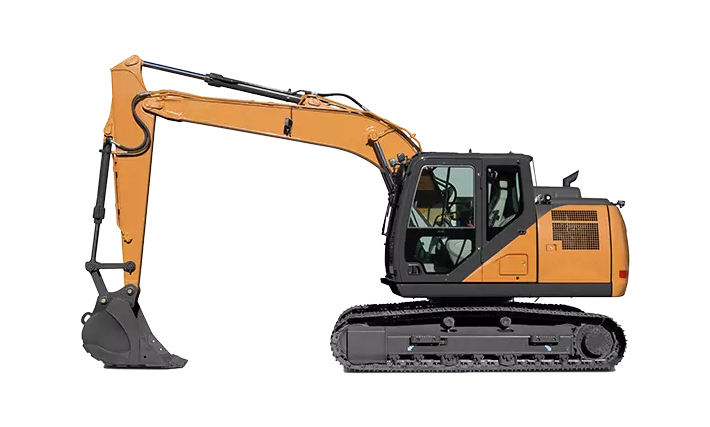
- The 25000-29000 lbs excavator is a versatile machine built for a wide range of construction and excavation tasks.
- Its robust design and powerful performance make it suitable for various applications, including digging, lifting, and moving heavy materials.
- This excavator's unique feature lies in its advanced technology, offering enhanced fuel efficiency and reduced emissions without compromising power.
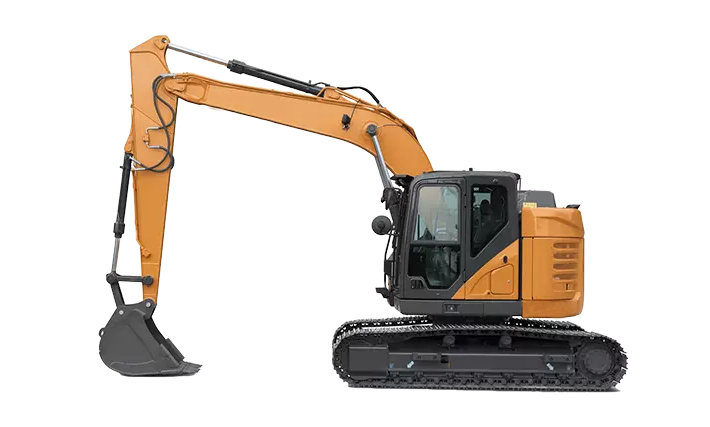
- The 30000-34000 lbs excavator is a reliable and efficient machine designed for heavy-duty excavation projects.
- With its exceptional digging capabilities and lifting capacity, it excels in demanding construction and earthmoving tasks.
- This excavator's standout feature is its advanced hydraulic system, delivering precise control and optimal performance in challenging work environments.
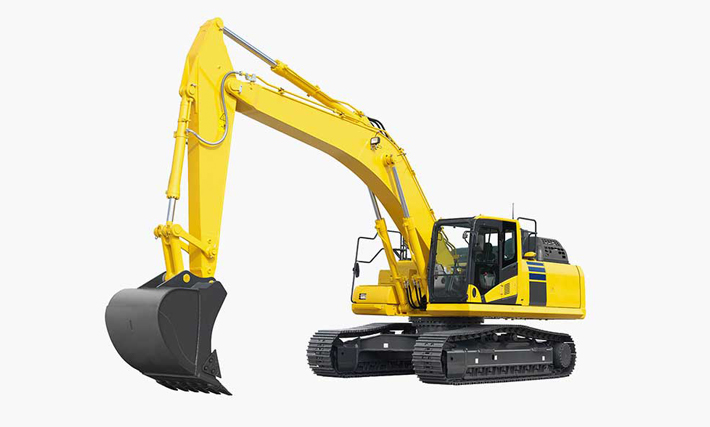
- The 35000-39000 lbs excavator is a powerful and rugged machine built for heavy excavation and construction applications.
- Its strong digging force and lifting capacity make it suitable for handling large quantities of materials.
- This excavator's unique feature lies in its reinforced structure and durable components, ensuring long-lasting performance and reliability.
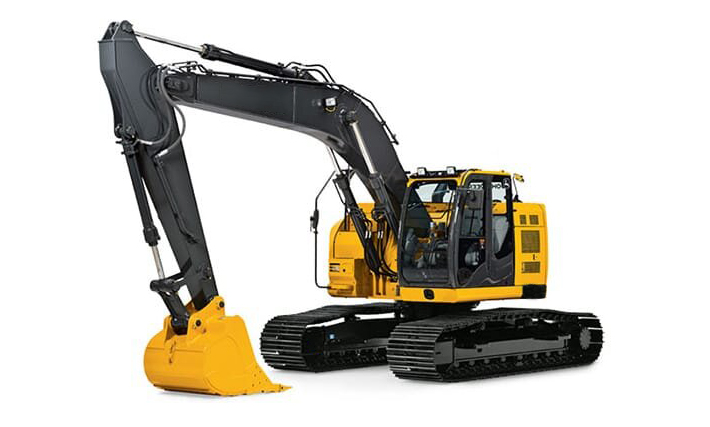
- The 40000-44000 lbs excavator is a robust and high-performance machine designed for heavy digging and earthmoving projects.
- Its substantial reach capabilities and lifting capacity enable efficient loading and unloading of materials.
- This excavator's standout feature is its advanced operator comfort features, providing a comfortable and ergonomic working environment for enhanced productivity.
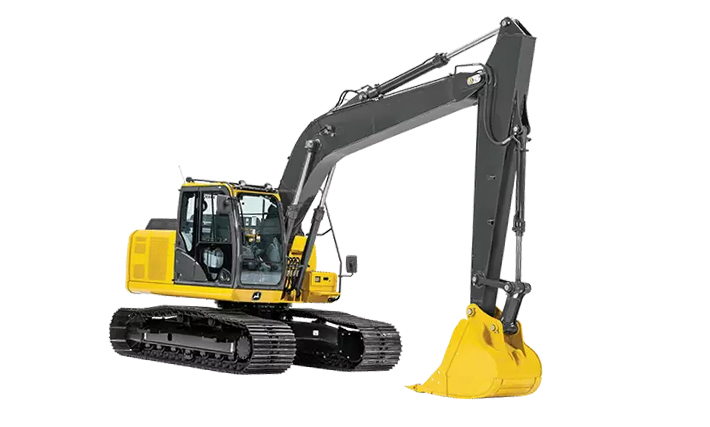
- The 45000-49000 lbs excavator is a versatile machine built for various construction and excavation tasks.
- With its powerful engine and precise control, it offers exceptional performance in challenging job sites.
- This excavator's unique feature lies in its advanced technology, providing enhanced fuel efficiency and reduced emissions for sustainable operation.
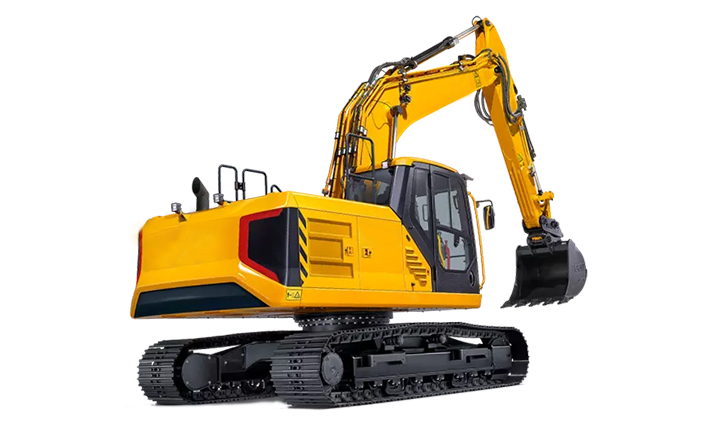
- The 50000-59000 lbs excavator is a heavy-duty machine designed for large-scale digging and earthmoving projects.
- Its impressive reach capabilities and lifting capacity make it suitable for handling heavy materials and performing deep excavations.
- This excavator's standout feature is its advanced hydraulic system, offering precise control and efficient operation.
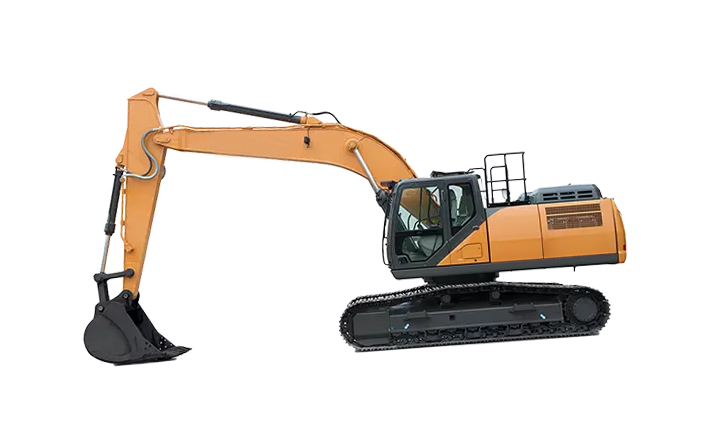
- The 60000-69000 lbs excavator is a powerful and efficient machine tailored for heavy construction and excavation tasks.
- With its substantial lifting capacity and extended reach, it excels in handling large-scale projects.
- This excavator's unique feature lies in its advanced telematics system, providing real-time data monitoring and enhanced fleet management capabilities.
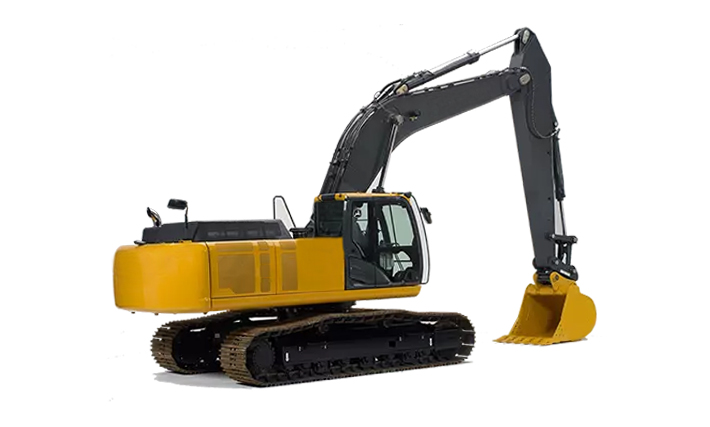
- The 70000-79999 lbs excavator is a robust and reliable machine built for heavy-duty excavation and earthmoving applications.
- Its impressive digging force and lifting capacity make it suitable for demanding projects.
- This excavator's standout feature is its reinforced undercarriage and durable components, ensuring durability and longevity in challenging work conditions.
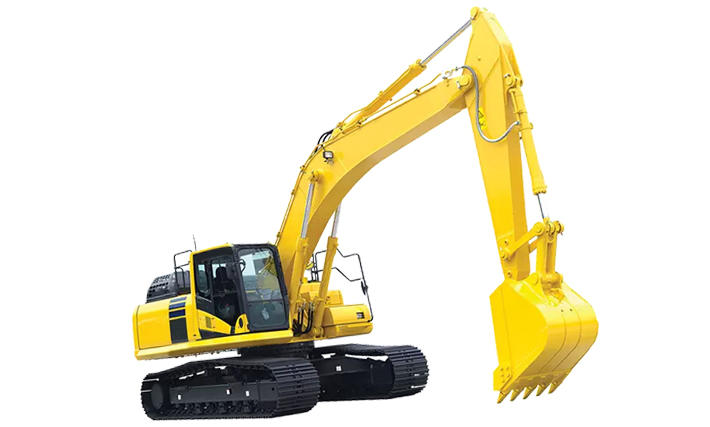
- The 80000-99999 lbs excavator is a high-performance machine designed for large-scale excavation and earthmoving projects.
- With its powerful engine and advanced hydraulic system, it delivers exceptional digging force and efficiency.
- This excavator's unique feature lies in its spacious and comfortable operator cabin, providing a productive and ergonomic working environment.
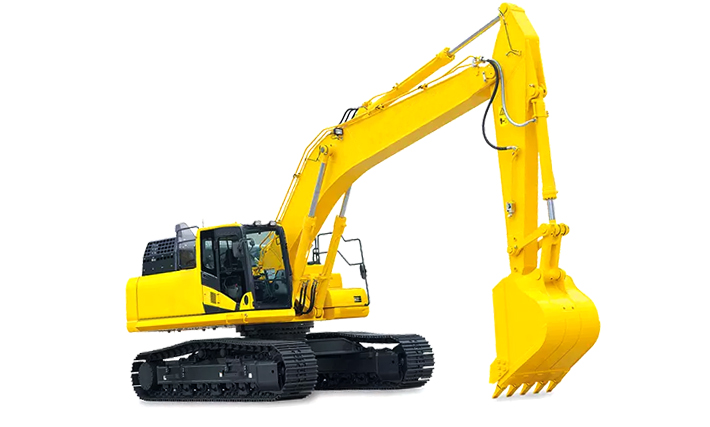
- The 100000-119999 lbs excavator is a heavy-duty machine built for demanding excavation and construction tasks.
- With its massive lifting capacity and extended reach, it can handle large-scale projects with ease.
- This excavator's standout feature is its advanced load management system, optimizing load distribution for enhanced stability and safety.
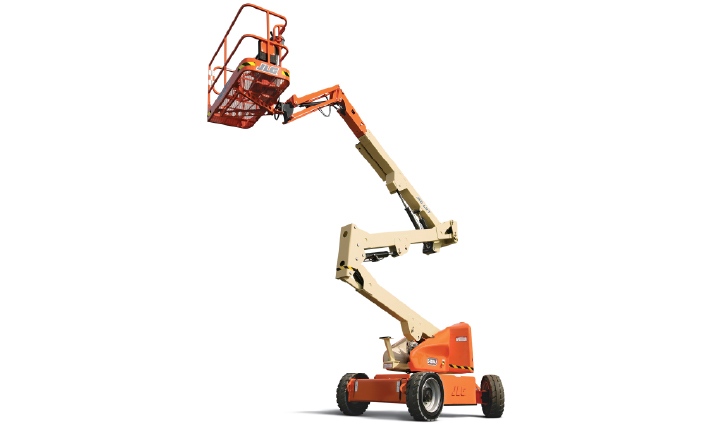
- The 120000-139000 lbs excavator is a robust and powerful machine designed for heavy-duty excavation and earthmoving applications.
- Its exceptional digging force and high lifting capacity make it suitable for handling large quantities of materials.
- This excavator's unique feature lies in its advanced boom and arm system, providing extended reach and precise control in complex digging operations.

- The 2000-3999 lbs mini excavator is a compact and versatile machine ideal for small-scale excavation and maintenance tasks.
- With its lightweight design, it can access narrow spaces and work efficiently in confined areas.
- This mini excavator's standout feature is its adjustable track width, allowing for enhanced stability and maneuverability in various terrains.
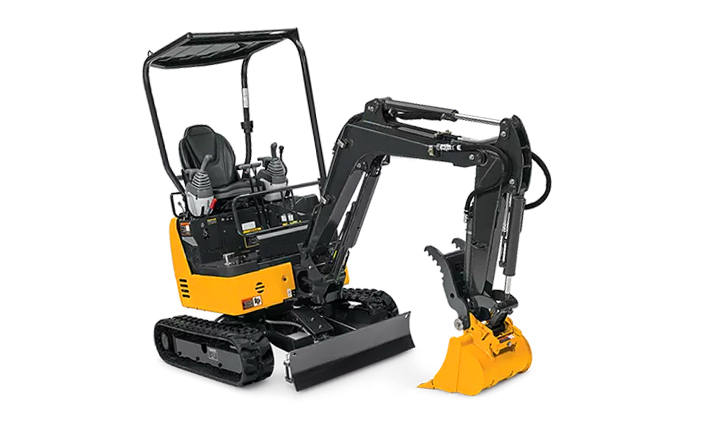
- The 4000-5999 lbs mini excavator is a reliable and efficient machine designed for construction and maintenance projects in limited spaces.
- Its compact size and precise control make it suitable for digging small foundations and transferring materials in small to medium-sized job sites.
- This mini excavator's unique feature is its rotating turntable, enabling easy load transfer without relocating the vehicle.
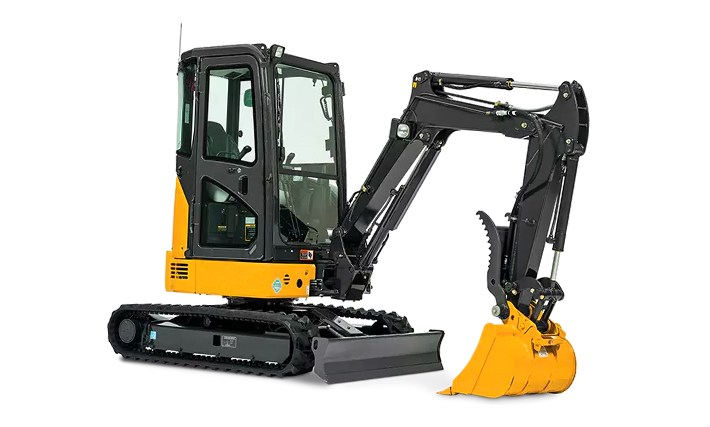
- The 6000-7999 lbs mini excavator is a versatile machine perfect for small-scale earthmoving and construction tasks.
- Its compact frame allows it to work efficiently in areas with limited space.
- This mini excavator's standout feature is its powerful hydraulic system, providing superior lifting and digging capabilities for increased productivity.
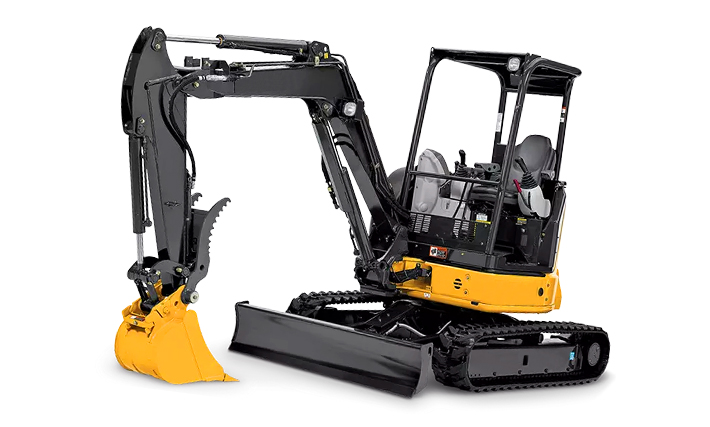
- The 8000-9999 lbs mini excavator is a robust and agile machine designed for various construction and maintenance applications.
- With its strong digging force and versatility, it can handle medium-sized jobs with ease.
- This mini excavator's unique feature lies in its quick coupler system, allowing for seamless attachment changes and increased efficiency on the job site.
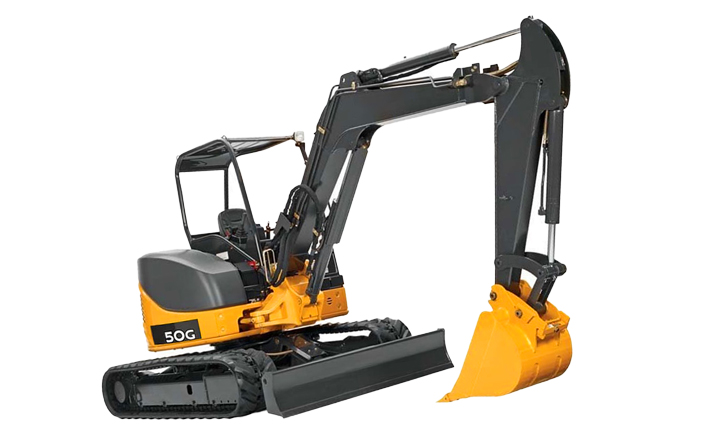
- The 10000-11999 lbs mini excavator is a reliable and efficient machine ideal for small to medium-sized excavation and earthmoving projects.
- Its compact size and powerful performance make it suitable for a wide range of applications.
- This mini excavator's standout feature is its advanced control system, providing precise and responsive operation for improved productivity.
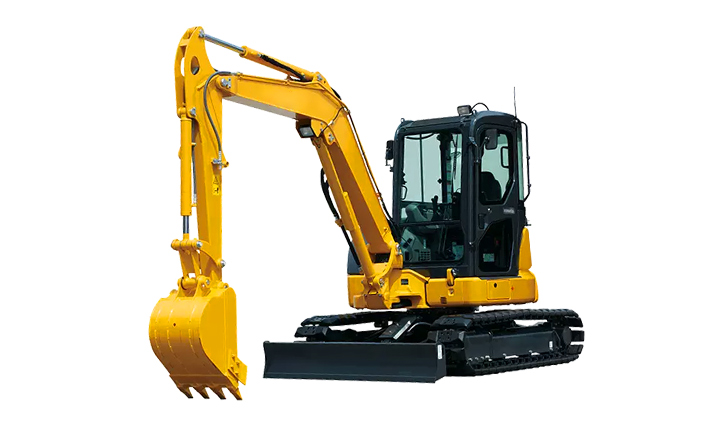
- The 12000-13999 lbs mini excavator is a versatile and robust machine designed for various construction and excavation tasks.
- With its exceptional digging capabilities and lifting capacity, it can handle medium-sized projects efficiently.
- This mini excavator's unique feature lies in its advanced cabin design, offering comfort and visibility for optimized operator experience.
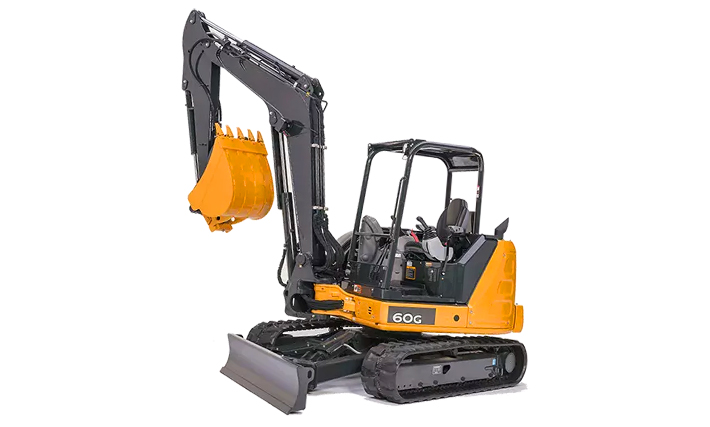
- The 14000-15999 lbs mini excavator is a powerful and reliable machine built for demanding construction and earthmoving applications.
- With its strong digging force and extended reach, it can tackle a wide range of projects.
- This mini excavator's standout feature is its advanced filtration system, ensuring clean and efficient operation in harsh environments.

- The 16000-17999 lbs mini excavator is a robust and versatile machine designed for efficient excavation and earthmoving tasks.
- With its powerful engine and exceptional digging capabilities, it can handle medium-scale projects with ease.
- This mini excavator's unique feature lies in its advanced load sensing system, optimizing performance and fuel efficiency.
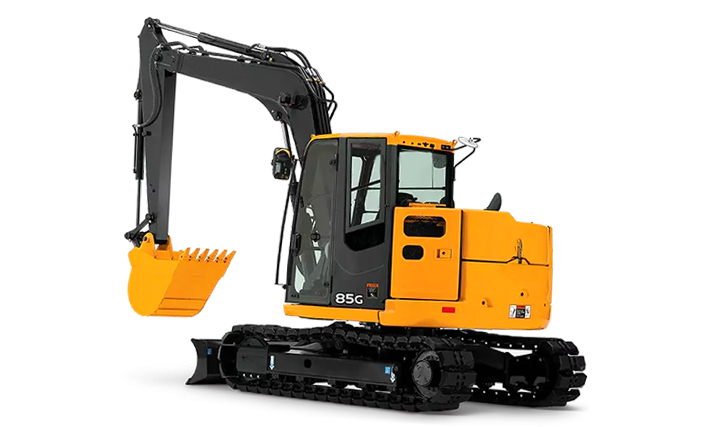
- The 18000-19999 lbs mini excavator is a high-performance machine tailored for demanding excavation and construction projects.
- Its powerful digging force and extended reach make it suitable for various applications.
- This mini excavator's standout feature is its advanced auxiliary hydraulic system, enabling the use of a wide range of attachments for increased versatility on the job site.
The size of the excavator you need depends on factors like the scale of the project, the type of work involved, and the available space. Larger excavators generally have higher digging capacities but require more space for maneuvering.
Safety considerations when operating an excavator include wearing appropriate personal protective equipment, following proper operating procedures, ensuring stable ground conditions, avoiding overhead hazards, and being aware of other workers in the vicinity.
Regular maintenance of an excavator includes checking fluid levels, inspecting and lubricating components, cleaning air filters, inspecting tracks or wheels, and addressing any issues promptly. Following the manufacturer's maintenance schedule is important for optimal performance and longevity.
The weight and lifting capacity of an excavator depend on its size and specifications. Mini excavators can have an operating weight of a few thousand pounds, while larger excavators can weigh over 100,000 pounds and have lifting capacities ranging from a few thousand pounds to over 100,000 pounds.
The legal requirements and licensing for operating an excavator vary by jurisdiction. In many regions, operators are required to hold a valid operator's license or certification, and employers often provide training to ensure proper operation and compliance with safety regulations.

